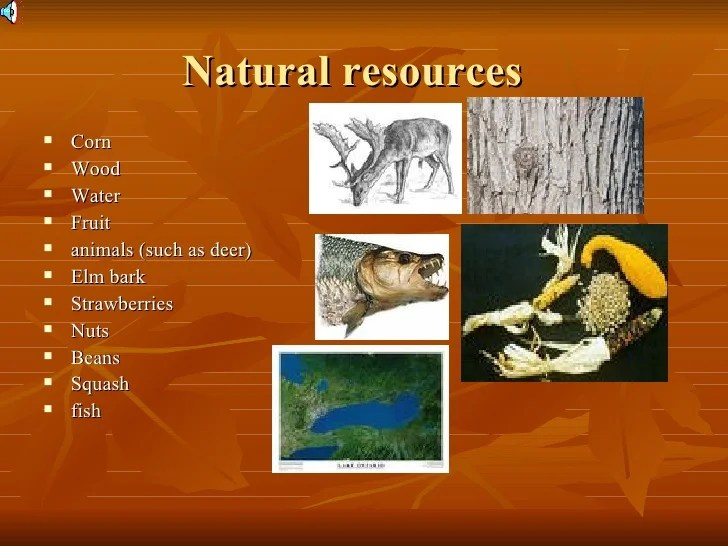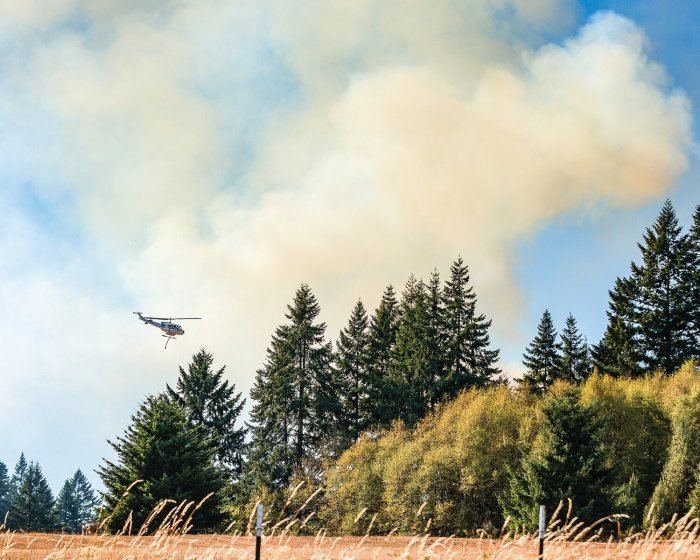The natural resources of the Iroquois Confederacy played a pivotal role in shaping the survival, prosperity, and cultural identity of this powerful Native American alliance. From the vast forests to the abundant waterways, the Iroquois skillfully utilized their environment to sustain their way of life, fostering a deep connection to the land that continues to resonate today.
This comprehensive overview delves into the significance of natural resources for the Iroquois, exploring their diverse utilization, management practices, and cultural significance, providing a deeper understanding of their harmonious relationship with the environment.
Significance of Natural Resources to the Iroquois

The natural resources available to the Iroquois Confederacy played a vital role in their survival and prosperity. The vast forests, rivers, lakes, and wildlife provided the Iroquois with a diverse range of resources that sustained their way of life.
The forests provided the Iroquois with an abundance of timber for building homes, canoes, and other tools. They also hunted game animals such as deer, bear, and elk in the forests, and gathered berries, nuts, and other plants for food.
The rivers and lakes provided the Iroquois with a source of transportation, food, and drinking water. They fished for salmon, trout, and other fish in the rivers and lakes, and used canoes to travel between different villages and hunting grounds.
The wildlife in Iroquois territory was also an important source of food, clothing, and tools. The Iroquois hunted deer, bear, elk, and other animals for their meat, fur, and antlers. They also used the skins of animals to make clothing, and the bones and antlers to make tools.
Forest Resources and their Utilization
The Iroquois Confederacy had access to vast forest resources, which played a significant role in their way of life. The forests provided the Iroquois with a variety of resources, including timber for building homes and canoes, fuel for cooking and heating, and a source of food and medicine.
The Iroquois utilized the forests for hunting, gathering, and building materials. They hunted deer, bear, elk, and other animals in the forests, and gathered berries, nuts, and other plants for food. They also used the timber from the forests to build homes, canoes, and other tools.
The Iroquois managed their forest resources carefully to ensure their sustainability. They used a variety of methods to manage their forests, including selective harvesting, controlled burning, and reforestation.
Water Resources and their Importance
The Iroquois Confederacy had access to abundant water resources, which were essential to their way of life. The rivers, lakes, and streams provided the Iroquois with a source of transportation, food, and drinking water.
The Iroquois used canoes to travel between different villages and hunting grounds. They also fished for salmon, trout, and other fish in the rivers and lakes. The Iroquois also used the water resources for religious ceremonies and spiritual beliefs.
The Iroquois managed their water resources carefully to ensure their sustainability. They used a variety of methods to manage their water resources, including water conservation, pollution prevention, and habitat restoration.
Wildlife and its Contribution: Natural Resources Of The Iroquois

The Iroquois Confederacy had access to a variety of wildlife species, which played an important role in their way of life. The wildlife provided the Iroquois with a source of food, clothing, and tools.
The Iroquois hunted deer, bear, elk, and other animals for their meat, fur, and antlers. They also used the skins of animals to make clothing, and the bones and antlers to make tools.
The Iroquois managed their wildlife resources carefully to ensure their sustainability. They used a variety of methods to manage their wildlife resources, including hunting regulations, habitat protection, and predator control.
Iroquois Resource Management Practices

The Iroquois Confederacy had a sophisticated approach to natural resource management and conservation. They used a variety of methods to ensure the sustainability of their resources, including selective harvesting, controlled burning, reforestation, water conservation, pollution prevention, habitat restoration, hunting regulations, habitat protection, and predator control.
The Iroquois believed that it was their responsibility to protect the environment for future generations. They passed down their knowledge of natural resource management to their children, and they taught them the importance of living in harmony with the land.
The Iroquois resource management practices were successful in ensuring the sustainability of their resources. The Iroquois Confederacy was able to maintain a healthy and prosperous way of life for centuries, thanks in part to their wise use of natural resources.
Answers to Common Questions
What were the most important natural resources for the Iroquois?
The Iroquois relied heavily on forests, rivers, lakes, and wildlife for their survival and prosperity.
How did the Iroquois manage their natural resources?
The Iroquois employed communal decision-making and environmental stewardship practices to ensure the sustainability of their resources.
What role did wildlife play in Iroquois culture?
Wildlife was not only a vital food source but also held cultural significance, featuring prominently in storytelling, art, and spirituality.